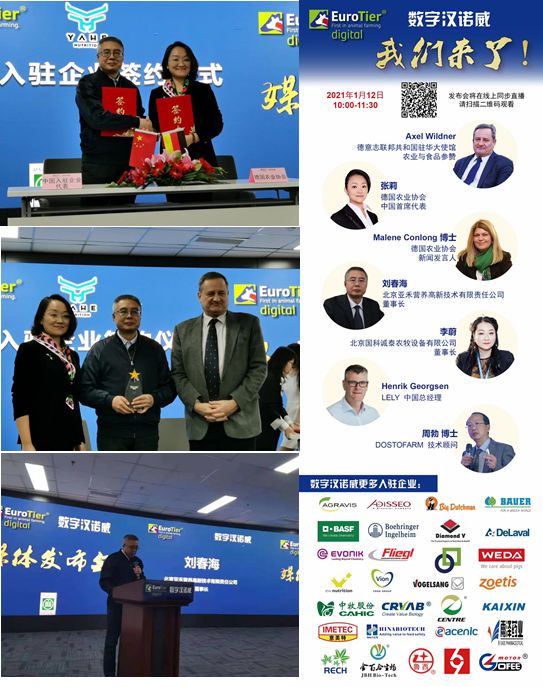As the supporting industry of animal husbandry, the feed industry is still inseparable from the macroeconomic background. Wang Junxun, deputy director of the animal husbandry department of the Ministry of Agriculture, gave a set of data, which provides important data support for us to understand the new normal of the feed industry.
In terms of total feed output, industrial feed production continued to grow at a high speed in 2012, and for the first time in 2013 there was negative growth. In 2014, the total output of industrial feed in the country was 197 million tons, an increase of 2% over 2013. In 2014, compound feed was 169 million tons, an increase of 3.8% year-on-year; concentrated feed was 21.51 million tons, a year-on-year decrease of 10%; and additive premix was 6.41 million tons, an increase of 1.1% year-on-year.
From the feed product structure, according to the variety, in 2014, pig feed output was 86.16 million tons, an increase of 2.4% year-on-year; egg and poultry feed output was 29.02 million tons, a year-on-year decrease of 4.4%; meat and poultry feed output was 50.33 million tons, an increase of 1.7%; The output of aquatic feed was 19.03 million tons, an increase of 2.1% year-on-year; the output of ruminant feed was 8.76 million tons, an increase of 10.2% year-on-year; the output of other feed was 3.97 million tons, an increase of 37.8% year-on-year.
From January to March this year, compared with the same period last year, no matter whether feed or animal husbandry was industrialized, investment projects were significantly reduced.
From the perspective of the number of feed enterprises, at the end of 2014, there were 5,531 certified enterprises for concentrated, compounded and refined supplementary feed, a decrease of 4,582 from the end of 2013; the number of certified enterprises for additive premix feed and single feed decreased by 339 and 441, respectively .
In terms of the regional structure of the feed industry, in 2014, the feed output of 9 provinces (Guangdong, Shandong, Henan, Liaoning, Hebei, Hunan, Sichuan, Guangxi, and Jiangsu) exceeded 10 million tons, accounting for 63% of the national feed. Jiangsu has become a new member .
In terms of industry concentration, in 2014, there were 31 feed companies (groups) with a total of more than one million tons, an increase of 6 from 2013; the output was 103.52 million tons, accounting for 52% of the country, an increase of 4 percentage points from 2013.
The data shows that the adjustment of the feed industry is continuing, and the opportunities are also obvious. We need to find opportunities in innovation.
Wang Junxun said that in order to adapt to the new normal, the feed industry must first innovate business models and seize the new opportunities brought by Internet technology; from an innovation perspective, Internet + performs more fully because feed is a service-oriented service The entire aquaculture industry, including the introduction of financial concepts and the introduction of other technical services. Secondly, the situation of scale will be more fully reflected; third, the development of the industrial chain has become an inevitable choice for large enterprise groups; fourth, the role of biotechnology is increasing.
Director Wang Zhicai of the Ministry of Agriculture's Animal Husbandry Department outlined the path of the animal husbandry and feed industry. He said that in 2014, facing the increasingly severe internal and external situation, the animal feed industry has successfully completed the task of stable development. At present, China's economic development has entered a new normal. The agricultural and rural economy is undergoing profound changes. The industry's development has encountered a series of new problems and challenges. The power of consumer demand has weakened. The era of rapid growth in numbers has passed. The pressure on resources and the environment has continued to increase. Sustained development has a long way to go, the links between the international and domestic markets are closer, and the task of improving market competitiveness by comparing quality with Taiwan is arduous.


.jpeg)

